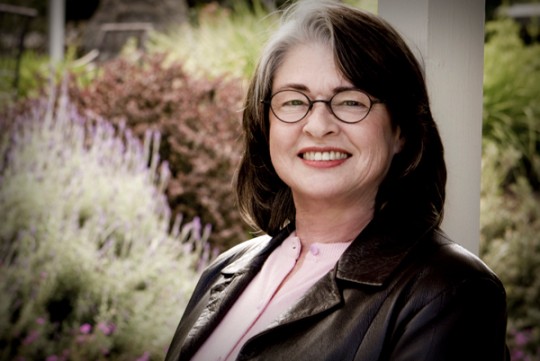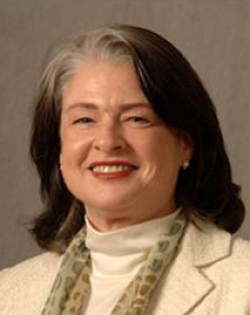A look at the benefits of an aging society
A look at the benefits of an aging society

Though it’s easy to focus on the challenges of an aging society, Stanford’s Laura Carstensen, PhD, believes the benefits shouldn’t be overlooked. In a talk today at the annual meeting of the American Association for the Advancement of Science, Carstensen, as outlined in aStanford Report article, discussed how we might gain from the talents and experience of our elders:
“We have presumed, even in science, that age is associated with decline,” she said. “But it turns out that’s not true. The profile for aging is much more nuanced. There is decline, but there are also improvements – in emotional functioning, improvements in knowledge.
“If you have a large population of emotionally stable, knowledgeable and relatively healthy old people, that’s a good resource.”
Of course before we can tap into this resource, we need to apply science and technology to solve the problems of older people:
Sustaining the health of an aging population is an obvious issue. Carstensen identifies chronic, long-term diseases as a much bigger problem today than before. Most of the medical advances in the last century involved acute diseases that affected mainly young people, she said. There has been less progress on chronic diseases that inflict old people, like diabetes, arthritis and osteoporosis.
“Flash back 100 years, this wasn’t a big problem,” she said. “It wasn’t a big problem for society or most individuals, because you were dead before you would get those diseases. But today, they are problems.”
Carstensen is director of the Stanford Center on Longevity.
By Michelle Brandt
Stanford University Medical Center
###
Laura Carstensen

Laura Carstensen
Fairleigh S. Dickinson Jr. Professor in Public Policy, Professor of Psychology, Director, Stanford Center on Longevity
Laura L. Carstensen, PhD is Professor of Psychology at Stanford University, where she is also the Fairleigh S. Dickinson Jr. Professor in Public Policy. For more than twenty years her research has been supported by the National Institute on Aging, and in 2005 she was honored with a MERIT award. Carstensen is best known for socioemotional selectivity theory, a life-span theory of motivation. With her students and colleagues, she has published well over 100 articles on life-span development.
Her most current empirical research focuses on ways in which motivational changes influence cognitive processing. Dr. Carstensen is a fellow in a number of professional organizations including the Association for Psychological Science, the American Psychological Association and the Gerontological Society of America. She serves on the Board of Science Advisors to the Max Planck Institute for Human Development in Berlin, Germany and has chaired two studies for the National Academy of Sciences, resulting in The Aging Mind and When I’m 64. She is a member of the MacArthur Foundation’s Research Network on an Aging Society.
The recipient of numerous professional awards and honors, she has been selected as a Guggenheim Fellow, received the Richard Kalish Award for Innovative Research and the Distinguished Career Award from the Gerontological Society of America, as well as Stanford University’s Dean’s Award for Distinguished Teaching. Professor Carstensen received her BS from the University of Rochester and her PhD in Clinical Psychology from West Virginia University.
###
* Stanford University Medical Center integrates research, medical education and patient care at its three institutions – Stanford University School of Medicine, Stanford Hospital & Clinics and Lucile Packard Children’s Hospital.
** The above story is adapted from materials provided by Stanford University School of Medicine
________________________________________________________________




















